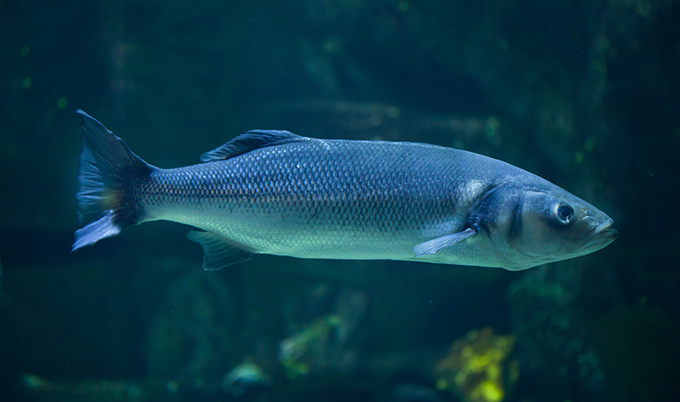confused sea bass
Underwater noise pollution stresses and confuses fish
Published on: 10 August 2017
Increased noise pollution in the oceans is confusing fish and compromising their ability to recognise and avoid predators.
Adverse effects
Researchers at Newcastle University found that European sea bass experienced higher stress levels when exposed to the types of piling and drilling sounds made during the construction of offshore structures.
The fish also showed signs of being confused when they encountered a potential predator while exposed to these underwater noises. When researchers played recordings of piling sounds and mimicked an approaching predator, the seabass made more turns and failed to move away from the predator.
When exposed to drilling sounds the sea bass actively avoided these areas, spending more time in what the research team called the ‘safe zone’.
The fish also took longer to recover from exposure to the underwater sounds.
Lead researcher Ilaria Spiga explained: “Over the last few decades, the sea has become a very noisy place. The effects we saw were subtle changes, which may well have the potential to disrupt the seabass’s ability to remain ‘in tune’ with its environment.
“Sea bass, along with other bony fishes, rely on a characteristic ‘startle and response’ mechanism to get away from predators. Exposure to underwater noises can make it harder for fishes to detect and react to predators. It could also impair their own ability to detect food.
“Man-made marine noise could potentially have an adverse effect on reproduction also. If fishes actively avoid areas where these sounds are present it could prevent them from entering spawning grounds, or affect communication between individuals.”

Low frequency noise
The researchers played recordings of drilling from the English Channel made during the installation of a new tidal barrage, while the sound of piling was taken from the construction of a new lifeboat station at Swansea Bay.
The piling was characterised by intense pulses of low frequency sound whereas the drilling was continuous noise. Both piling and drilling sounds overlap with the hearing range of sea bass and many other species of fish of 100 – 1000 Hz.
Offshore construction, shipping, and even some onshore activities can all add to ambient noise levels underwater.
Although noise is recognised as a pollutant by the European Union’s Marine Strategy Framework Directive (MSFD), currently only applications for larger or more complex projects have to be registered with the UK government’s Marine Noise Registry.
Now, the research team are calling for this to be expanded by proposing limits on the length of time that underwater drilling and piling can take place, or replacing piling with drilling, to give fish time to recover from the physiological changes that these noises induce.
Reference: “Anthropogenic noise compromises anti-predator behaviour of the European seabass, Dicentrarchus labrax” Ilaria Spiga, Nicholas Aldred, Gary S. Caldwell. Published in Marine Pollution Bulletin. DOI: 10.1016/j.marpolbul.2017.06.067



